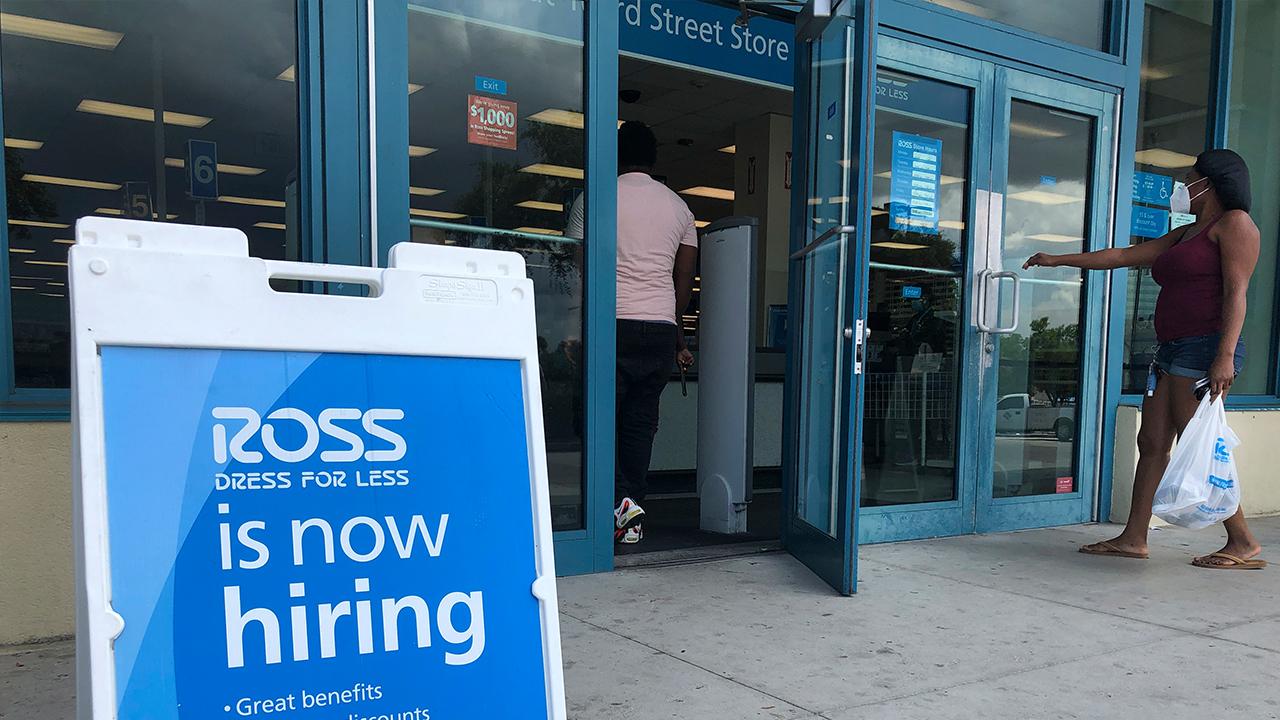What can I do when expanded unemployment benefits run out?
Four options for out-of-work Americans relying on the extra $600 per week in unemployment benefits when the money expires in July
The Coronavirus Aid, Relief, and Economic Security (CARES) Act expanded unemployment benefits are set to run out at the end of July, but that doesn't mean there aren't plenty of unemployed workers who could still use them.
The economy isn't fully open yet, and with new spikes of COVID-19 cases and some businesses closing for good, it's looking like it will be a while before things go back to some semblance of normality.
EXTRA $600 IN UNEMPLOYMENT BENEFITS ENDS NEXT MONTH AS MILLIONS OF AMERICANS REMAIN OUT OF WORK
So what are you supposed to do if you can't return to work and you can't count on an extra $600 per week in unemployment benefits anymore? A second stimulus check is being discussed, but there's nothing you can do except wait to see what happens with that. In the meantime, here are four other sources you can turn to if you need additional money until you can return to work.
1. State unemployment benefits
The extra $600 per week in unemployment benefits ends on July 31. Assuming you haven't already been on unemployment for half a year or more, you can probably still get some unemployment benefits through your state. Most states enable you to claim benefits for up to 26 weeks, and the CARES Act allows for up to 13 additional weeks of benefits due to the pandemic.
WHAT WILL THE NEXT VIRUS RELIEF BILL LOOK LIKE? CONGRESS MULLS STIMULUS CHECKS, BACK-TO-WORK BONUSES
How much you'll receive in state unemployment benefits depends on where you live and how much you earned while you were working. If you were collecting unemployment, it's not going to be as much as you've gotten over the last few months. It might not even be enough to cover all of your expenses, but it'll provide you some regular income until you're able to return to work.
2. Personal savings
If you still have some of your emergency fund left or you were able to save some money each week when you were receiving expanded unemployment benefits, you can rely upon this money now to help you supplement your state unemployment benefits.
Those with money in a certificate of deposit (CD) might be able to withdraw these funds penalty-free before the CD term is up because of the pandemic. Check with your bank to see if this is an option. You're giving up future interest payments if you do this, but that's a better alternative than taking on debt.
PELOSI SAYS $1.3T FOR NEXT STIMULUS BILL 'NOT ENOUGH'
Withdrawing from your retirement savings is another option. The government has waived the early withdrawal penalty for adults under 59 1/2, though you'll still owe taxes if you withdraw money from a tax-deferred retirement account. This should be a last resort, though, because taking withdrawals from your retirement account will make it more difficult for you to save enough to retire comfortably.
3. Side hustle
Side hustles are always an option to make some extra money, and some side hustles are flourishing right now. Grocery stores and restaurants, for example, need a lot of delivery drivers to keep up with the extra demand. There are also plenty of side hustles you can do online from your home, like virtual assisting or tutoring. Some side hustles might take a while to get up and running, but they can generate a sizable profit, possibly even replacing your regular job at some point.
WHITE HOUSE OPENS DOOR TO UNEMPLOYMENT COMPROMISE
Just remember you still owe taxes on the money you earn from your side hustle. You can use this form to calculate how much you'll owe. Set this money aside in a special savings account or make a note of how much of your existing savings are for taxes so you don't accidentally spend it.
4. Hardship assistance
Many utility companies, banks, and other service providers launched hardship assistance programs designed to give those affected by COVID-19 extra time to pay their bills without ruining their credit. If you're concerned about your ability to keep up with your payments, it's worth checking into.
Contact your creditors and explain your situation, and see what type of aid they can offer you. Some may enable you to defer payments for a certain amount of time or make a reduced payment. Make sure you understand all of the terms of these hardship assistance programs, including when you must go back to the normal payment schedule, so you don't run into any problems.
US BUDGET DEFICIT HIT RECORD-SHATTERING $864B IN JUNE
Hopefully, the end of expanded unemployment benefits coincides with a safe return to work for you, but if that's not the case, you still have options to make ends meet until you're able to rejoin the workforce. You can combine several of the suggestions above to make up for your lost employment income until you're able to come up with a permanent solution.
GET FOX BUSINESS ON THE GO BY CLICKING HERE
